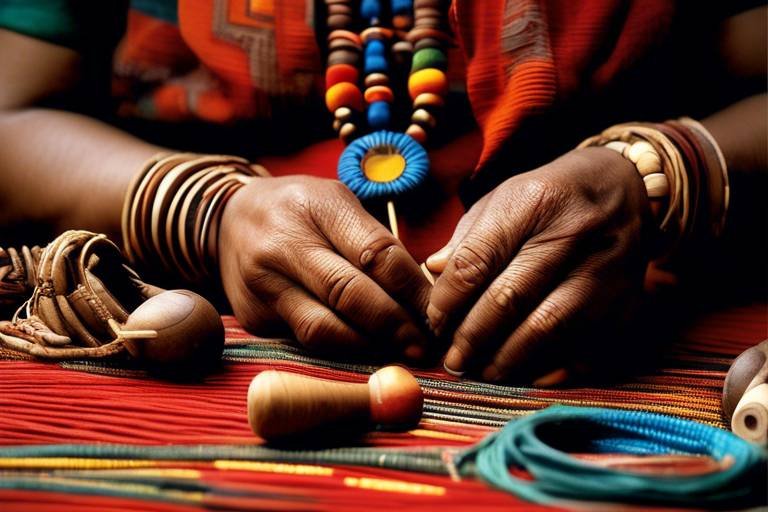The Relationship Between Art and Gender Representation
Art has always been a powerful mirror reflecting the complexities of society, including its perceptions of gender. Through the strokes of a brush, the chisel of a sculptor, or the lens of a photographer, artists have long grappled with the nuances of gender identity, roles, and stereotypes. The relationship between art and gender representation is a multifaceted exploration that delves deep into historical narratives, contemporary challenges, and the intersectionality of identity.

Historical Perspectives on Gender in Art
Exploring how art reflects and influences societal perceptions of gender identity, roles, and stereotypes. This article delves into historical and contemporary artworks to analyze the portrayal of gender in various artistic forms.
Examining how art from different time periods has depicted gender norms, power dynamics, and societal expectations. Analysis of famous artworks and their reflection of gender roles throughout history.
Throughout history, art has served as a mirror reflecting the prevailing attitudes towards gender. From ancient civilizations to the Renaissance and beyond, artists have captured and perpetuated societal norms and expectations surrounding gender roles. Paintings, sculptures, and other forms of artistic expression have provided a window into the past, showcasing the evolving perceptions of masculinity and femininity.
For example, in the Renaissance era, artworks often depicted women as delicate and passive, embodying virtues such as purity and submission. On the other hand, men were portrayed as strong and authoritative, symbolizing power and dominance. These representations not only mirrored societal beliefs but also reinforced traditional gender hierarchies.
Moreover, art has been used as a tool to challenge existing gender norms and provoke thought. Artists like Artemisia Gentileschi and Frida Kahlo defied conventions by creating powerful and empowering portrayals of women, challenging the male-dominated art world and advocating for gender equality through their work.
By examining historical artworks, we can gain valuable insights into the shifting perceptions of gender over time and the role art has played in shaping and challenging these norms.

Gender Representation in Contemporary Art
Gender Representation in Contemporary Art explores how modern artists challenge traditional gender norms and stereotypes through their work. In today's art scene, artists are pushing boundaries and redefining the portrayal of gender identities. Through various mediums such as painting, sculpture, performance art, and digital art, contemporary artists are addressing complex issues surrounding gender.
One prominent theme in contemporary art is the deconstruction of binary notions of gender. Artists are breaking away from the traditional categories of male and female, embracing fluidity and diversity in gender representation. This shift reflects a broader societal movement towards inclusivity and acceptance of different gender identities.
Contemporary art also serves as a platform for marginalized voices to be heard. Artists from diverse backgrounds are using their work to challenge stereotypes and advocate for gender equality. Through their art, they are shedding light on the experiences of those who have been historically underrepresented in mainstream discourse.
Moreover, technology has played a significant role in shaping contemporary art and gender representation. Digital art forms allow artists to experiment with new ways of expressing gender identity and exploring the complexities of human experience. The digital realm offers a space for artists to engage with audiences on a global scale, fostering dialogue and understanding across cultural boundaries.
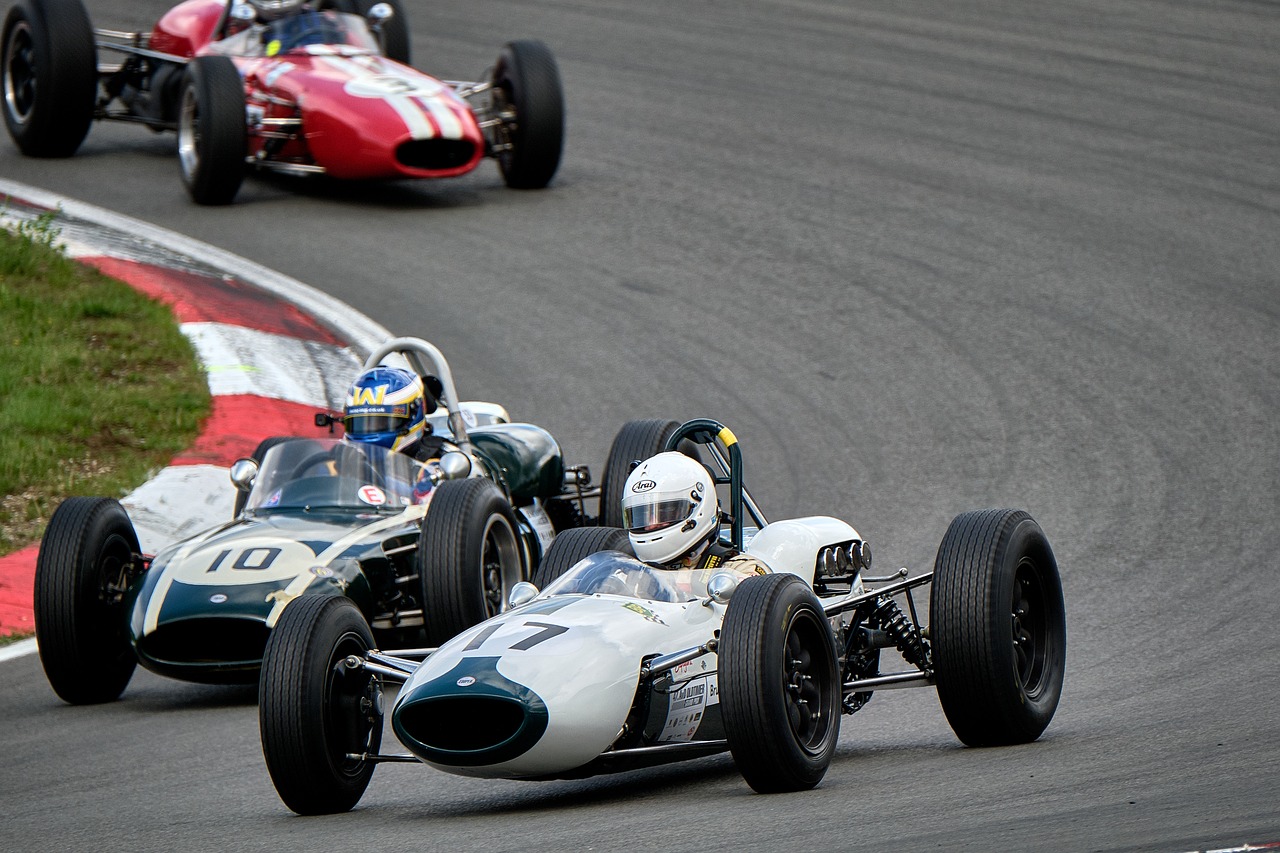
Intersectionality in Art and Gender
Exploring how art reflects and influences societal perceptions of gender identity, roles, and stereotypes. This article delves into historical and contemporary artworks to analyze the portrayal of gender in various artistic forms.
Examining how art from different time periods has depicted gender norms, power dynamics, and societal expectations. Analysis of famous artworks and their reflection of gender roles throughout history.
Investigating how modern artists challenge traditional gender norms and stereotypes through their work. Discussion on the evolving portrayal of gender identities in contemporary art movements.
Exploring how artists address the intersection of gender with other aspects of identity such as race, sexuality, and class. Analysis of artworks that highlight the complexities of gender representation within diverse social contexts.
Discussing how artists use their work to explore and express their own gender identities. Examination of how art serves as a platform for individuals to communicate and challenge societal perceptions of gender.
Exploring the role of art in feminist movements and gender activism. Analysis of how artists have used their work to advocate for gender equality, representation, and social change.
Examining how visual culture perpetuates and challenges gender stereotypes through media, advertising, and popular imagery. Discussion on the impact of visual representation on shaping societal attitudes towards gender.
Investigating how queer artists and non-binary individuals use art to explore alternative gender identities and expressions. Analysis of artworks that challenge the gender binary and celebrate diverse forms of gender representation.
Discussing the importance of promoting gender inclusivity in art education and cultural institutions. Exploration of strategies to encourage diverse perspectives and representations of gender in artistic practices.

Artistic Expression and Gender Identity
Artistic Expression and Gender Identity delves into the intricate relationship between art and the exploration of gender identities. Artists across different eras have used their work as a medium to express and challenge societal norms surrounding gender. Through paintings, sculptures, installations, and various art forms, individuals have found a way to communicate their own experiences of gender identity.
Art serves as a powerful platform for individuals to navigate and express their own gender identities. It allows artists to convey complex emotions, experiences, and perspectives related to gender in a visually compelling manner. By exploring themes of masculinity, femininity, and everything in between, artists can provoke thought, spark conversations, and challenge preconceived notions about gender.
One of the fascinating aspects of artistic expression in relation to gender identity is the ability of artists to blur boundaries and defy traditional categorizations. Through their work, artists can transcend binary notions of gender, embracing fluidity and diversity in representation. This fluidity allows for a more inclusive and nuanced understanding of gender, reflecting the complexity of human experiences beyond societal constructs.
Artistic expression also plays a crucial role in highlighting the diversity of gender identities and experiences. By showcasing a range of perspectives and narratives, artists contribute to a more inclusive and accepting society. Through their creations, artists can amplify voices that have been marginalized or overlooked, fostering empathy, understanding, and solidarity among individuals of all gender identities.
Furthermore, art has the power to challenge stereotypes and misconceptions about gender, offering alternative narratives and representations. Artists can subvert traditional expectations, disrupt harmful stereotypes, and celebrate the beauty and complexity of diverse gender identities. Through their creative endeavors, artists contribute to a more vibrant and inclusive cultural landscape that embraces the richness of human diversity.
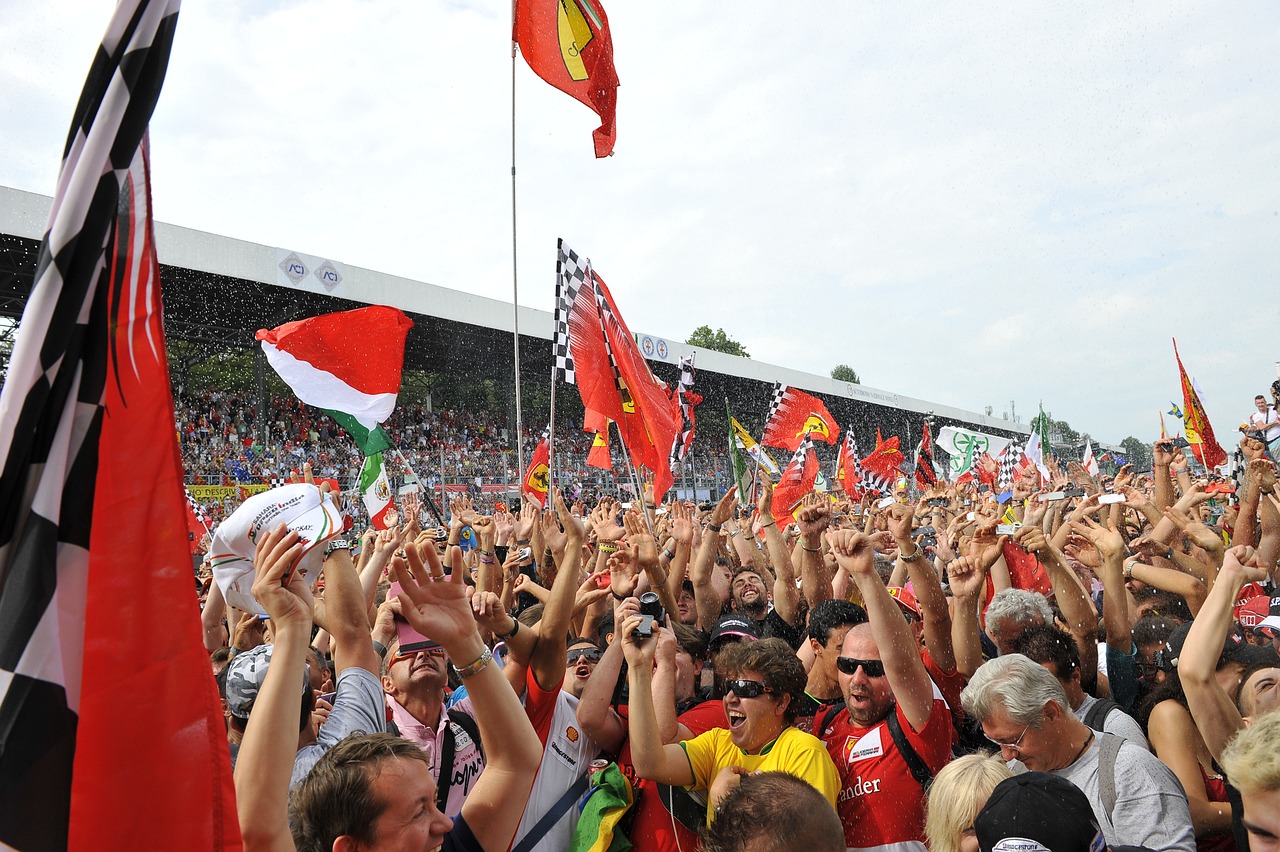
Feminist Art Movements and Gender Activism
Feminist art movements have played a crucial role in challenging traditional gender norms and advocating for gender equality in the art world. Artists within these movements have used their work as a form of activism, addressing issues such as representation, diversity, and social change. Through various artistic mediums, feminist artists have highlighted the experiences and perspectives of women, often marginalized or overlooked in mainstream art history.
One of the key aspects of feminist art movements is their focus on critiquing the male-dominated art world and promoting the visibility of female artists. By creating art that reflects their own lived experiences and challenges societal expectations, feminist artists have reshaped the narrative around gender in art. These movements have also paved the way for discussions on intersectionality, acknowledging the diverse identities and struggles faced by women of different backgrounds.
Gender activism in art goes beyond representation; it seeks to dismantle oppressive structures and promote inclusivity and empowerment. Through their art, feminist artists have sparked important conversations about gender stereotypes, body image, sexuality, and reproductive rights. By engaging with these topics, they have inspired social change and encouraged viewers to question and challenge existing power dynamics.
Art has been a powerful tool for feminist movements, serving as a platform for advocacy, protest, and solidarity. By amplifying the voices of women and marginalized communities, feminist art has contributed to a more inclusive and diverse art landscape. Through their creative expressions, artists continue to push boundaries, challenge norms, and advocate for a more equitable and just society.

Gender Stereotypes in Visual Culture
Visual culture plays a significant role in shaping and perpetuating gender stereotypes through various mediums such as media, advertising, and popular imagery. From portraying women as nurturing caregivers to depicting men as strong and dominant figures, visual representations often reinforce traditional gender norms and expectations.
Advertisements, for example, frequently rely on gender stereotypes to sell products, presenting idealized images of masculinity and femininity that can influence how individuals perceive themselves and others. These depictions not only reflect societal norms but also have the power to reinforce and normalize gender roles.
Moreover, popular media often portrays gender in a binary manner, limiting the representation of diverse gender identities and expressions. This lack of inclusivity can contribute to the marginalization of non-conforming individuals and perpetuate harmful stereotypes about gender.
However, visual culture also has the potential to challenge and subvert gender stereotypes through art forms that push boundaries and question traditional norms. Artists and creators have the ability to use their work to disrupt conventional gender expectations, offering alternative perspectives and narratives that challenge the status quo.
By critically examining the ways in which visual culture reinforces and challenges gender stereotypes, individuals can become more aware of the impact of these representations on society and work towards promoting greater gender inclusivity and diversity in artistic expressions.
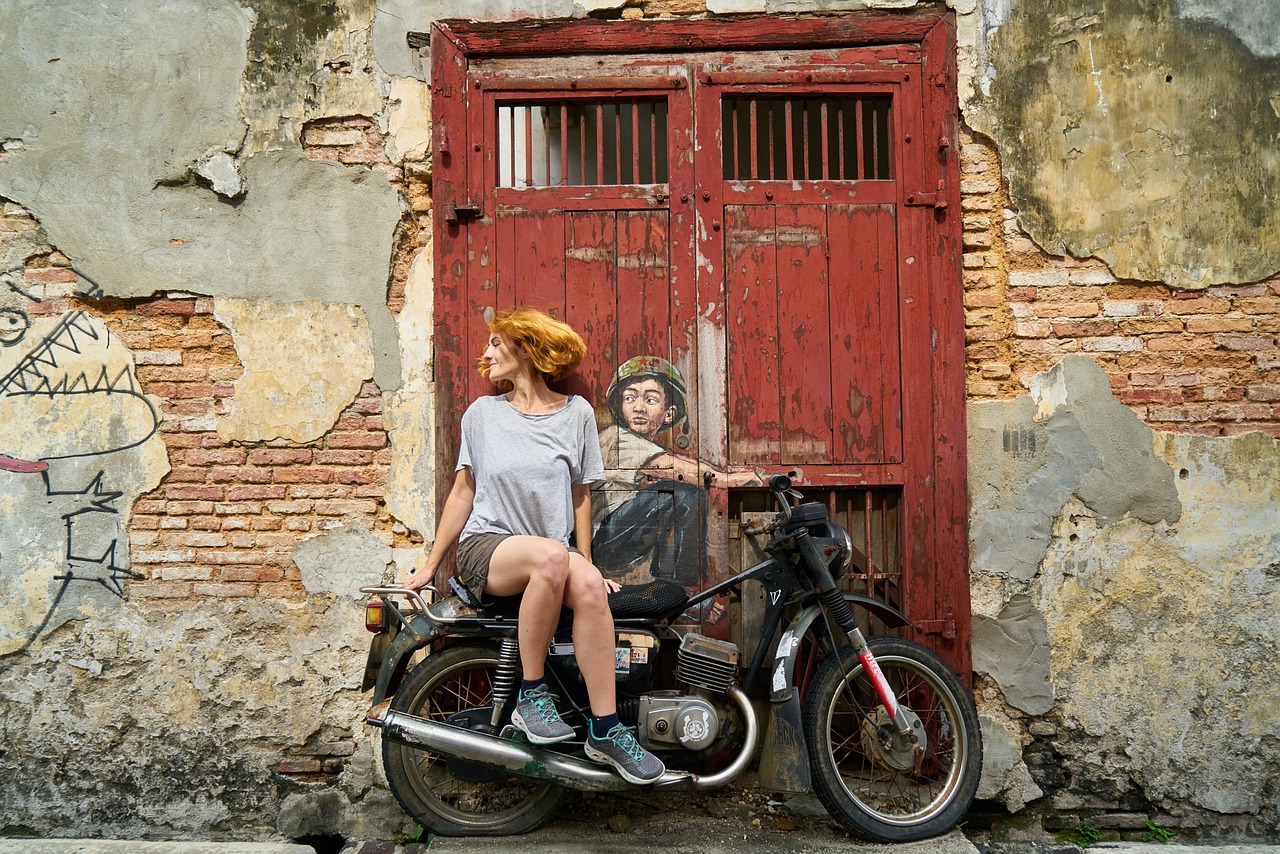
Queer Art and Non-Binary Representation
Queer art and non-binary representation in the art world have brought forth a revolution in challenging conventional gender norms and binary constructs. Artists who identify as queer or non-binary use their creative expressions to explore alternative gender identities and push boundaries in traditional artistic representations. Through their work, they aim to dismantle the limitations imposed by societal expectations and celebrate the diverse spectrum of gender identities.
One of the key aspects of queer art is its ability to defy categorization and embrace fluidity. Artists often blur the lines between masculinity and femininity, creating pieces that transcend traditional gender binaries. This fluidity in representation allows for a more inclusive and expansive understanding of gender, inviting viewers to question preconceived notions and embrace diversity.
Non-binary representation in art serves as a powerful tool for visibility and recognition. By depicting gender identities that exist beyond the male-female binary, artists challenge the status quo and advocate for the acceptance of all gender expressions. Through their art, non-binary individuals assert their presence in the artistic landscape and demand to be seen and heard on their own terms.
Queer art and non-binary representation not only create space for marginalized voices but also pave the way for a more inclusive and accepting society. By showcasing the richness and complexity of gender diversity, these artists inspire conversations about identity, representation, and acceptance. Their work serves as a beacon of hope for those who have long been sidelined or erased in mainstream narratives.
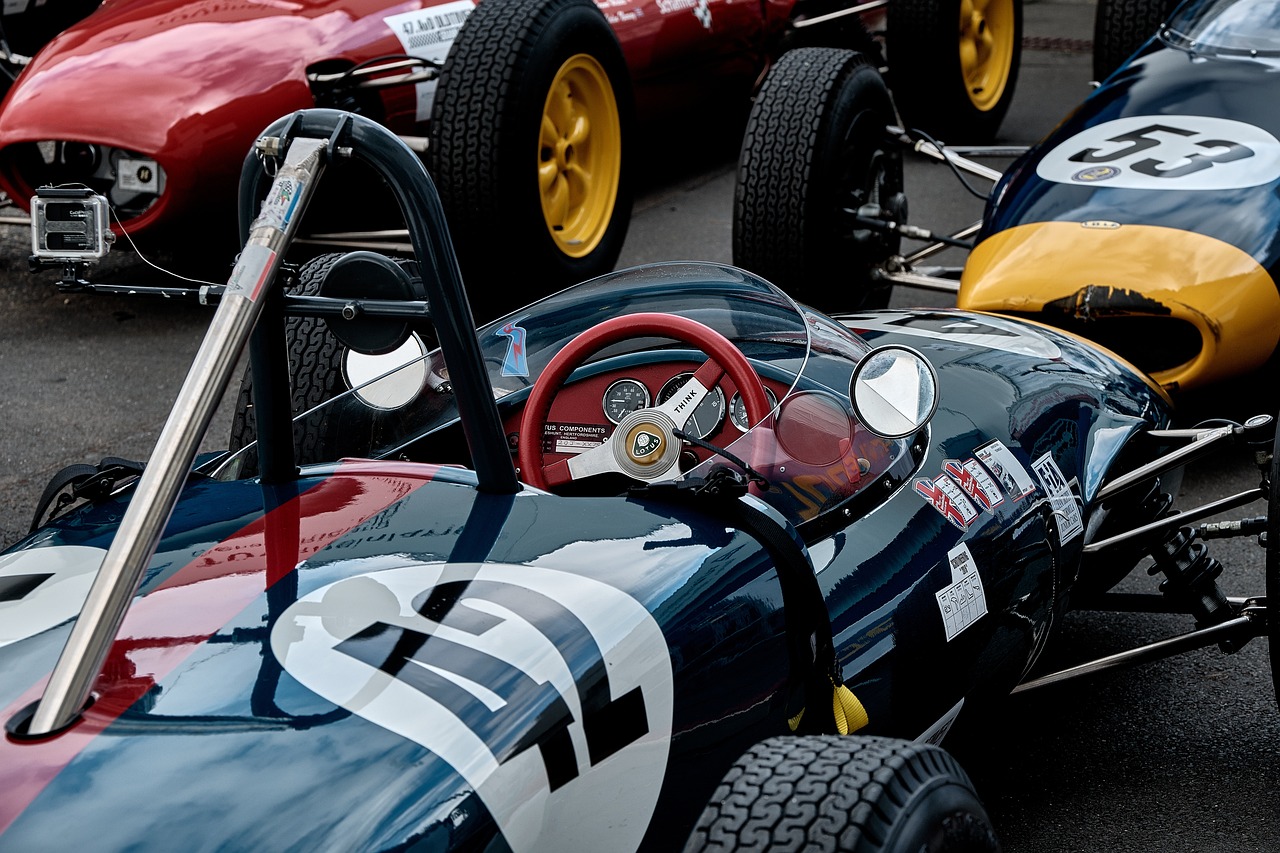
Art Education and Gender Inclusivity
Exploring how art reflects and influences societal perceptions of gender identity, roles, and stereotypes. This article delves into historical and contemporary artworks to analyze the portrayal of gender in various artistic forms.
Examining how art from different time periods has depicted gender norms, power dynamics, and societal expectations. Analysis of famous artworks and their reflection of gender roles throughout history.
Investigating how modern artists challenge traditional gender norms and stereotypes through their work. Discussion on the evolving portrayal of gender identities in contemporary art movements.
Exploring how artists address the intersection of gender with other aspects of identity such as race, sexuality, and class. Analysis of artworks that highlight the complexities of gender representation within diverse social contexts.
Discussing how artists use their work to explore and express their own gender identities. Examination of how art serves as a platform for individuals to communicate and challenge societal perceptions of gender.
Exploring the role of art in feminist movements and gender activism. Analysis of how artists have used their work to advocate for gender equality, representation, and social change.
Examining how visual culture perpetuates and challenges gender stereotypes through media, advertising, and popular imagery. Discussion on the impact of visual representation on shaping societal attitudes towards gender.
Investigating how queer artists and non-binary individuals use art to explore alternative gender identities and expressions. Analysis of artworks that challenge the gender binary and celebrate diverse forms of gender representation.
Discussing the importance of promoting gender inclusivity in art education and cultural institutions. Exploration of strategies to encourage diverse perspectives and representations of gender in artistic practices.
Frequently Asked Questions
- What role does art play in shaping societal perceptions of gender?
Art serves as a powerful tool in reflecting and influencing societal perceptions of gender by challenging stereotypes, highlighting diversity, and promoting inclusivity. Through various artistic forms, artists can provoke thought, spark conversations, and advocate for gender equality.
- How have historical artworks contributed to the portrayal of gender roles?
Historical artworks have played a significant role in depicting and reinforcing traditional gender norms, power dynamics, and societal expectations. These artworks provide insights into the evolution of gender representation and the cultural influences that have shaped our understanding of gender throughout history.
- What is the significance of intersectionality in art and gender representation?
Intersectionality in art refers to the exploration of how gender intersects with other aspects of identity such as race, sexuality, and class. Artists who address intersectionality in their work shed light on the complexities of gender representation within diverse social contexts, challenging one-dimensional narratives and promoting inclusivity.
- How do contemporary artists contribute to challenging gender stereotypes?
Contemporary artists play a crucial role in challenging traditional gender norms and stereotypes through their innovative and thought-provoking artworks. By pushing boundaries, exploring diverse gender identities, and advocating for social change, these artists contribute to a more inclusive and nuanced understanding of gender in the modern world.
- Why is gender inclusivity important in art education?
Gender inclusivity in art education is essential for fostering creativity, promoting diversity, and empowering individuals to express their unique identities. By encouraging a wide range of perspectives and representations of gender, art education can create a more inclusive and welcoming environment for all learners.








